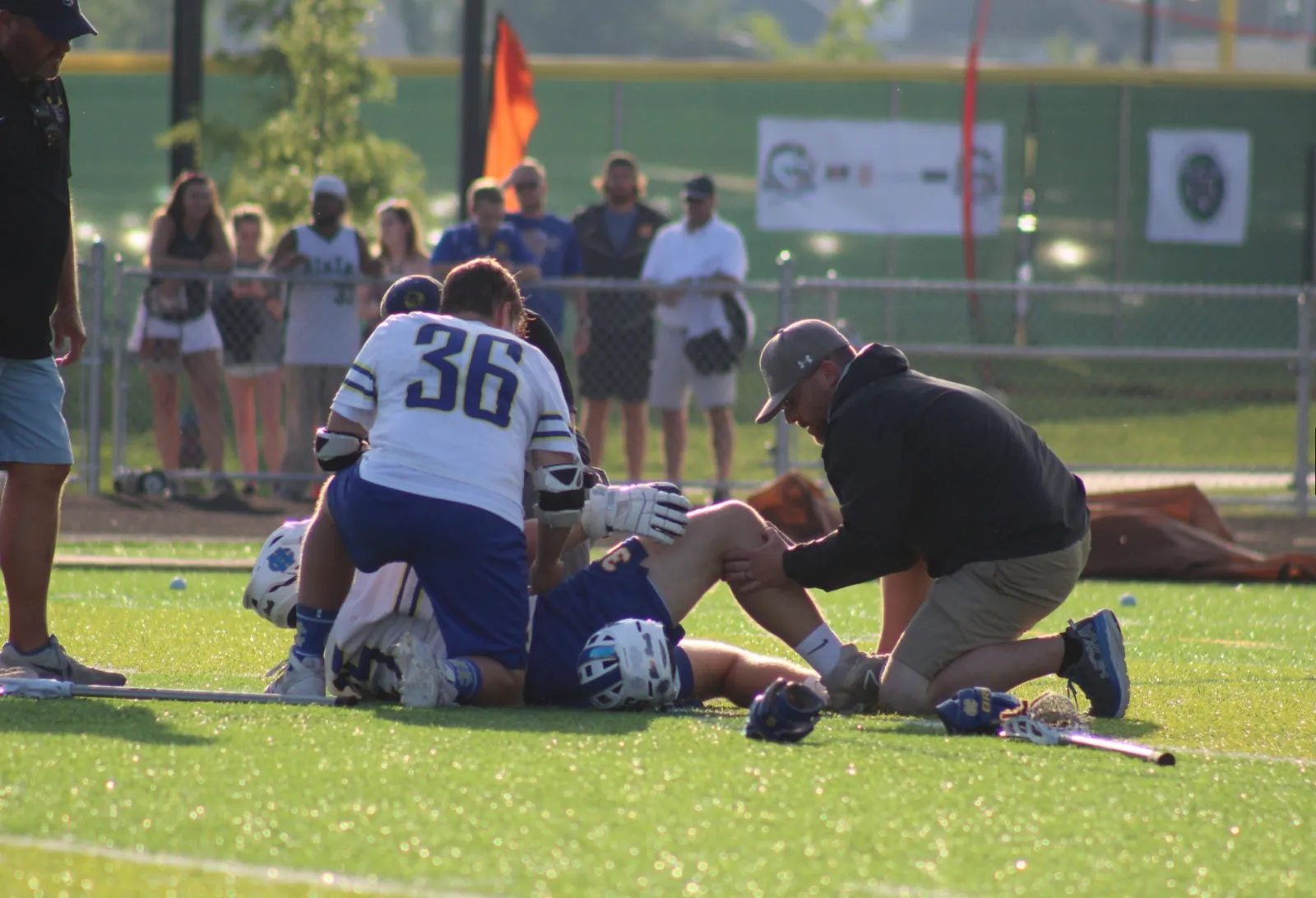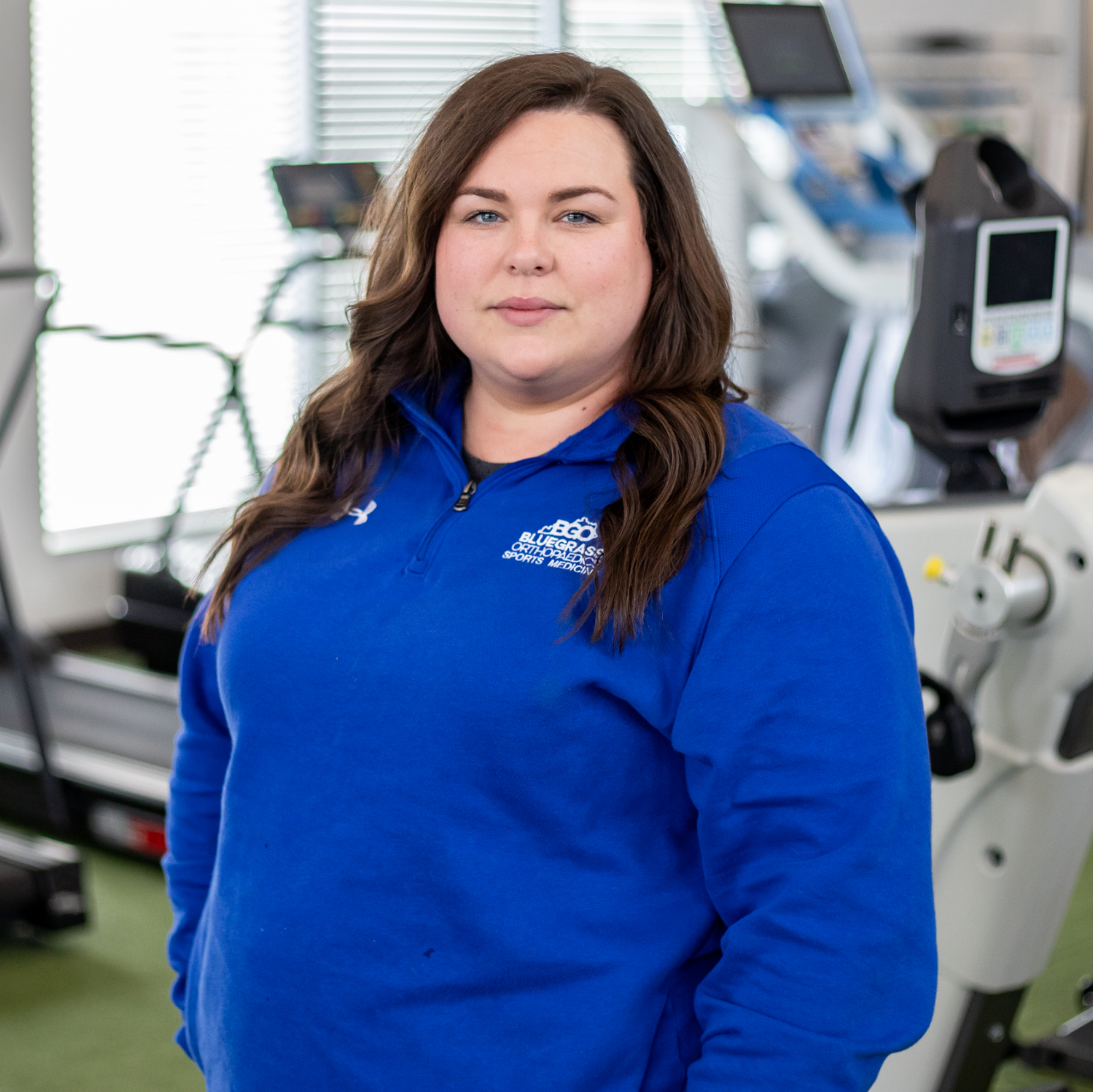
You just hit the game winning buzzer beater and felt a "pop" on landing…
"There's an AT for that!"
You work third shift at the factory and your shoulder has started to hurt during overhead activities…
"There's an AT for that!"
Athletic Trainers (ATs) are allied-health professionals that can be present in a multitude of professional settings, including: high school, college, professional, and Olympic athletics; industrial settings and factories; orthopedic clinics and other specialty physician practices; cardiac rehabilitation centers; police, fire, and EMS departments; performing arts; NASCAR; and various branches of the military.
ATs are diverse medical providers due to the extensive education and training they receive. ATs must obtain a Bachelor's Degree and an Entry-level Master's Degree. Typically, a Bachelor's of Science in Pre-AT or similar with an Entry-level Master's in Athletic Training. During their education they take many courses that will ensure they are able to competently practice the domains of athletic training. There are six (6) domains of athletic training:
Prevention
Clinical Evaluation and Diagnosis
Immediate Care
Treatment and Rehabilitation
Organization and Administration
Professional Responsibility
Nearing the end of the education process, AT students are required to pass the Board of Certification (BOC) test before they can work in the field. While the education process is rigorous, ATs are also required to obtain continuing education annually. This is required to maintain their BOC Certification. In addition to BOC Certification, some states also require a Licensure to practice. For ATs to practice in the state of Kentucky, both an active BOC certification and a licensure through the Kentucky Board of Medical Licensure (KBML) are required.
About the author:
